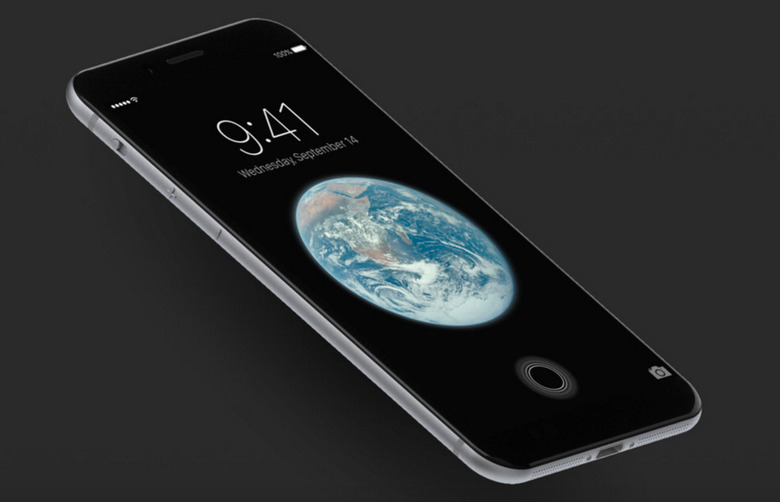More Evidence Apple Is Working On The Buttonless iPhone Of Our Dreams
We've often discussed Apple's intention of removing the home button from the iPhone since there are many clues suggesting the radical design is in the works. Apple is far from confirming any rumors detailing buttonless iPhones, but even Apple can't keep everything a secret, no matter how desperately it may try.
Now, there's yet another clear hint that the home button is doomed.
DON'T MISS: This hidden iPhone trick just became my new favorite feature
Filed on March 5th, 2015 and awarded to Apple on May 17th, 2016, a patent called Man-machine interface for controlling access to electronic devices doesn't sound that exciting. In fact, it sounds really boring. But the patent describes the kind of innovation Apple needs to remove the home button that takes so much space on the iPhone. As a result, the screen will be able to occupy a much larger portion of the iPhone's face.
So far, Apple has found ways to replicate all the functions of the home button aside from one key feature: the fingerprint sensor. The home button's other features, including turning on the iPhone, invoking Siri, multitasking and using Reachability can all be replaced by a combination of software and 3D Touch gestures in the future. But the fingerprint scanner is a key feature and it requires prime placement on the iPhone.
The seemingly boring patent above describes technology that would let Apple place the fingerprint sensor under the display. That way, users would be able to unlock the device, log into apps and use Apple Pay with the scanner but without the need for a home button.
The best part about it this invention is that the entire screen becomes a fingerprint sensor. That way, you'd be able to log into an email app by touching its icon. iOS would determine the type of press and decide whether a fingerprint scan is required, and the iPhone would perform the biometric scan if needed.
Furthermore, the fingerprint reading tech Apple describes in the patent could offer even faster and more accurate readings than the current Touch ID sensor, which is already best-in-class. The patent explores ultrasound imaging as a brand new technique to read a fingerprint placed on the screen.
"In this type of sensor, two transducers are placed on the x- and y-axes of a plate of glass–one each for receiving and transmitting–for propagating ultrasound waves through a glass plate; when the finger is placed on top of the glass, the finger impedes the waves and the receiving transducer can measure the alteration in wave patterns," the patent explains.
With the help of these new technologies, Apple could also combat various hacks used to unlock an iPhone after stealing the owner's fingerprints.
Obviously, there's nothing to guarantee that this particular invention will find its way into next year's iPhone, or the iPhone after that. As is the case with any Apple patents, the technologies they describe don't always end up in commercial products and are meant to protect Apple's innovations. But the patent does prove that Apple is indeed working to ditch the home button and increase the phone's screen-to-overall-size ratio.
"The most common form of biometric authentication, fingerprint scanning, requires a hardware module that is typically the size of a postage stamp. On a device where size and weight are limited, the addition of this module can be costly," Apple explains in the patent.
"Manufacturers desire to minimize the size and weight of the device; as one means to accomplish this, the display is small and buttons are placed close together," the company wrote. But the "additional button control interface can be eliminated" so that manufacturers "can make the display larger and simpler to use."
Rumors say that a radical design change is coming to the iPhone next year, and changes include the removal of the iconic home button. Apple's 9,342,674 patent details the kind of tech that would make this redesign possible.
